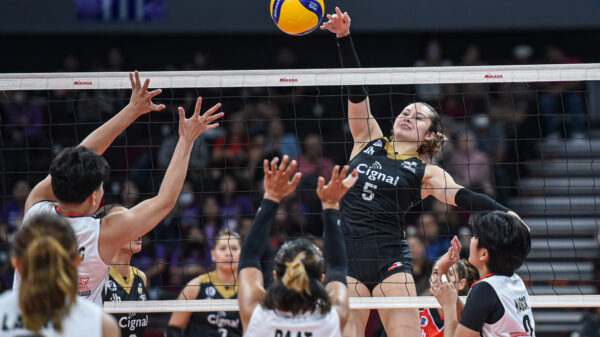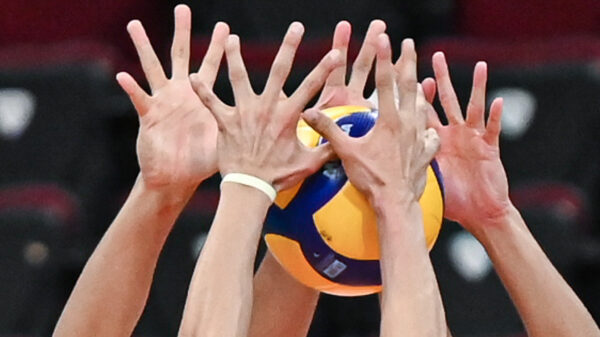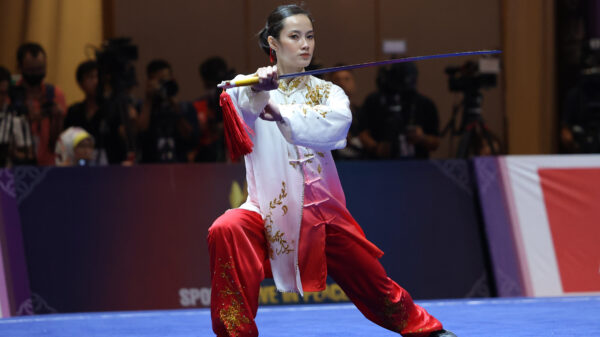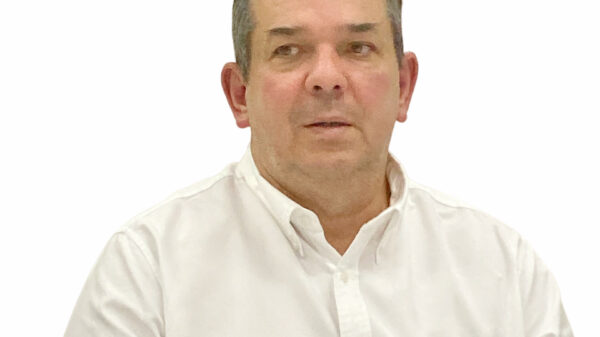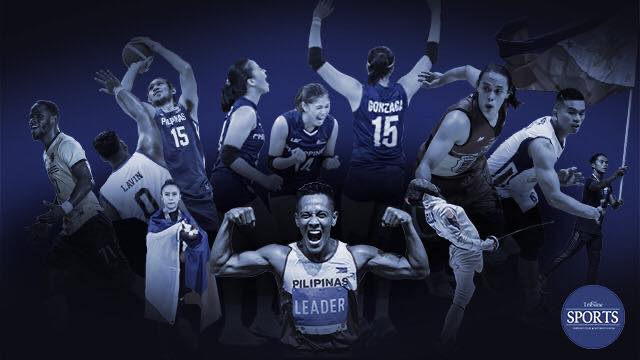The New Year is well underway and for golf enthusiasts, purchasing new equipment can be the perfect start to their golf season. It’s no coincidence that in the recent weeks, the golf world has been getting teasers on what’s coming in 2024. Of course, when we talk about golf equipment, there is one club that makes more buzz than any other — the driver.
Drivers have been the main focus of golf marketing for the simple reason that all golfers want more distance. You’d be lying if you said you don’t mind getting shorter drives year on year. We want to hit it longer, and do it more often.
Three brands have been dominating social and online golf media early in the year: Callaway, Taylormade and Ping. While claims of distance gains are a yearly occurrence from these companies, this year, the focus is on forgiveness.
Unlike a decade ago when driver launches meant one driver, today companies usually have at least two variations of their drivers. You can normally choose between a “max,” a “standard,” and a “low spin” variant of a particular model. This addresses the different needs of a whole range of golfers.
Maximum forgiveness
A “max” driver simply denotes maximum forgiveness. You’d think everyone would go for this, but it that is simply not the case. Max drivers usually have the biggest volume, the lowest center of gravity and usually a draw bias. All these assist in making the sweet spot bigger, make the ball fly higher, and avoid slices.
Put a max driver in the hands of a top amateur or professional, and the spin and launch might be too high, and they may end up with sweeping hooks. But for a few professionals, the added forgiveness on off-center hits allows them to confidently swing as hard as they can. Again, the name of the game is customization. You get fit for a driver you need, with help where you need it or an advantage where you can find it.
Middle of the pack
A “standard” driver would be in the middle of the pack. It still provides forgiveness and help with launch, but it would be more neutral when it comes to draw or fade bias. It won’t launch as high as a max driver would and spin wouldn’t be too high, especially for those who swing it faster. Standard drivers would fit a wider range of golfers, too.
Low spin
For those who want a more traditional head-shape, lower spin and neutral to fade bias, low spin driver variants might be best. As the name suggests, these keep spin numbers low by having more weight higher and towards the face as opposed to back and low. This results in more penetrating ball flights.
In the hands of better players with faster swing speeds, low spin drivers provide the needed trajectories to maximize carry and roll. Having a neutral to fade bias also means swinging hard won’t result in hooks. The trend today is hitting power fades, due to the predictability of shape and tighter dispersion. Playing it left to right (for right-handers), means having the ability to hit the ball as hard as you want, but maintaining a controlled flight. Draws are great for distance but can tend to be prone to over-curving. With low spin drivers, top amateurs and pros can set up left and swing away, knowing that more often, the ball would start left and work back to the middle of the fairway.
Moment of inertia
Back to this year’s new buzzword. Simply put, drivers that exceed a MOI (moment of inertia) of 10,000 g-cm2. Ok, that doesn’t sound simple at all. What it actually means is that the ball will go farther on off-center hits — something we all need. Of the new drivers this year, Taylormade and Ping have capitalized on the 10k name by coming out with the Qi10 drivers and the G430 Max 10K, respectively.
Cobra and PXG drivers for 2024 don’t quite exceed the 10k barrier but come close. They’ve traded MOI for more adjustability. Callaway’s Paradym AI Smoke went on another route to forgiveness. Using AI and extensive data from testing, they produced a face design that produces “multiple sweet spots.”
Every year, golfers are promised the moon and stars. And every year, most of us seem to bite. This year, forgiveness and multiple sweet spots seem to be the focus. Of course, this will always be beneficial to adding more yards, whether we hit the center of the clubface or not. Do we need more forgiving drivers in 2024? Of course we do! Watch out for more on new equipment reviews in the coming weeks!



